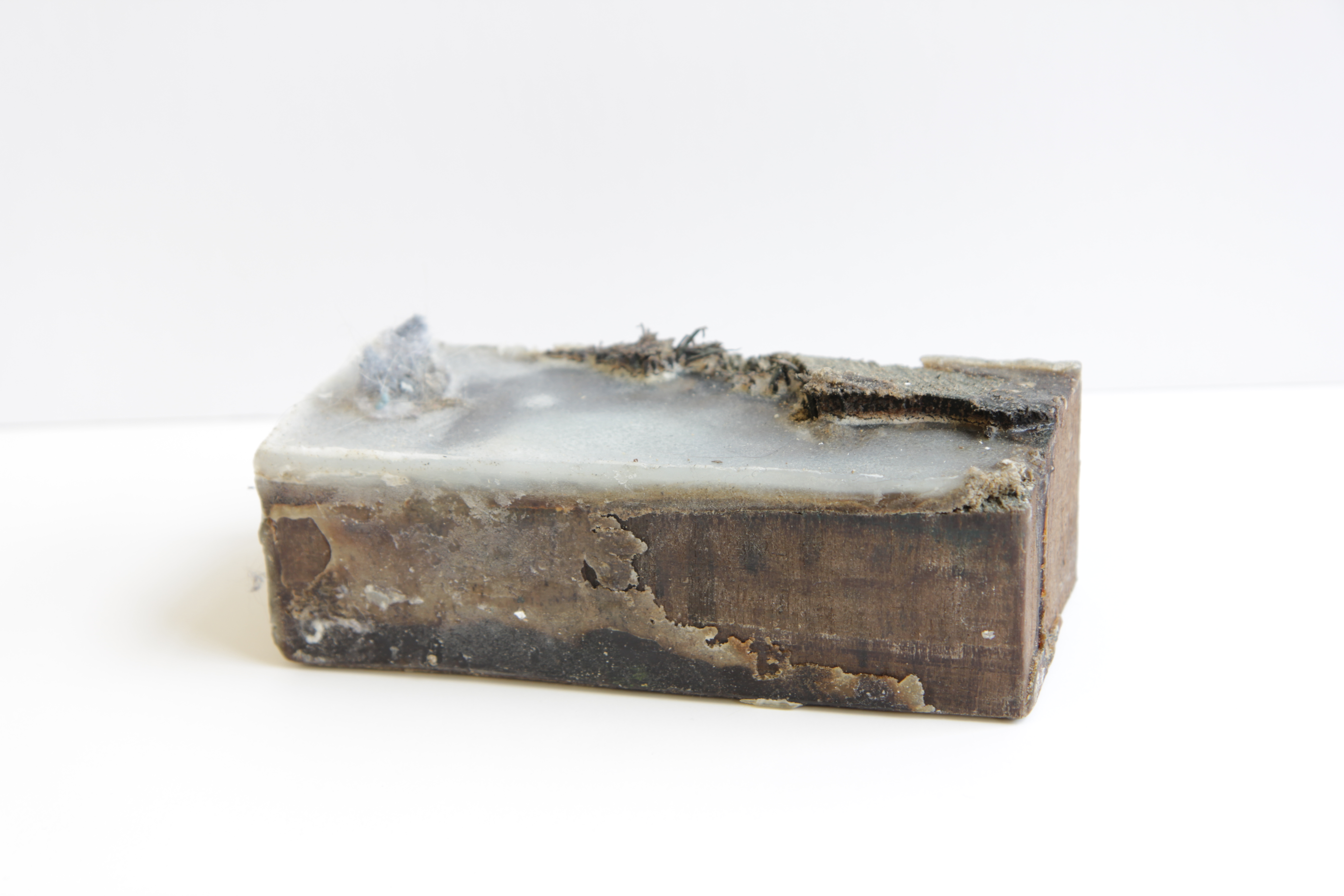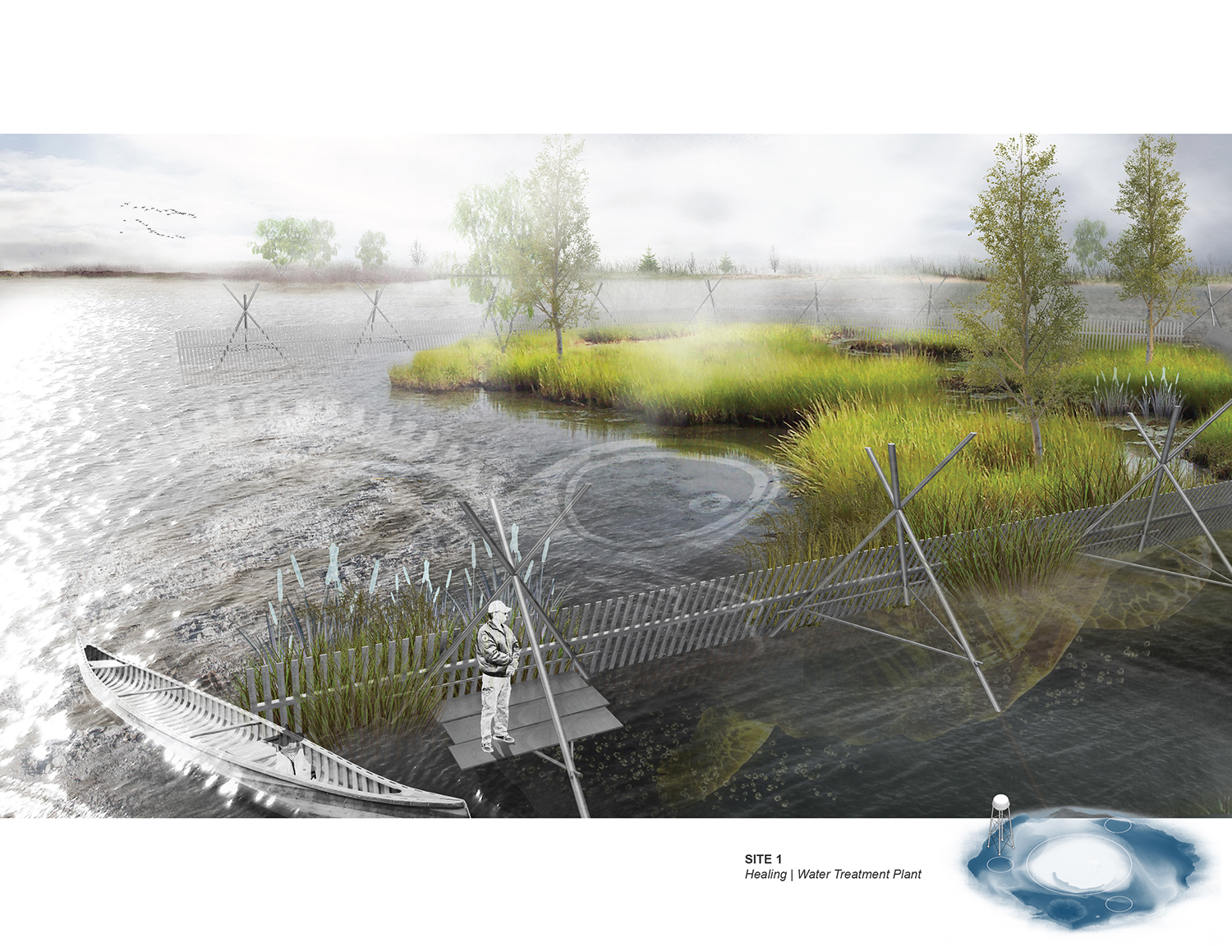
03.01.17 - How landscape architecture can address our First Nations water crisis
Canada may be known for its abundance of fresh water lakes, but many First Nations communities across the country lack access to clean drinking water. Health Canada’s recent drinking water advisories extended to a total of 133 communities, 90 of which are First Nations.
“Landscape architecture can play a really powerful role on this issue,” says Emma Mendel (MLA 2015). For her Master of Landscape Architecture thesis, presented last April, Mendel looked at Shoal Lake 40 First Nation, which has been forced to boil their drinking water for over 10 years. “Our discipline requires us to read the landscape, understand it's history and further look to design as a means of problem solving,” she says.
With the Province of Manitoba now planning to construct a new water treatment plant, accessible roads, and a new school for the community, Mendel asked, “What are the possibilities of pairing infrastructure standards with traditional knowledge?”
This past Fall, Mendel — who is among recent U of T graduates now working at Janet Rosenberg & Studio — published an article detailing her research and design proposals for the Shoal Lake 40 First Nation in Ground, the magazine of the Ontario Association of Landscape Architects.
Her thesis included designs for a water treatment plant based on traditional fishing weir traps; an all seasons road that, in addition to improving access to the community, would provide places to gather; and a scheme for the landscape around the new school that would amplify “the passing of knowledge” and extend “the educational experience outdoors.”
Writes Bell, “these proposed, alternative infrastructure designs seek to open a space between western science and traditional knowledge; infrastructure and ecology; and land and water.”
As part of her research, Bell met with the University of Toronto’s First Nations House and the Centre for Indigenous Studies. She hopes to expand on her thesis in the future, exploring similar communities and researching how to best design for them.
Visit Ground magazine’s website to read Mendel’s article: "Fluid Reciprocity: Alternative infrastructure to ensure access to clean drinking water at Shoal Lake 40 First Nation."






